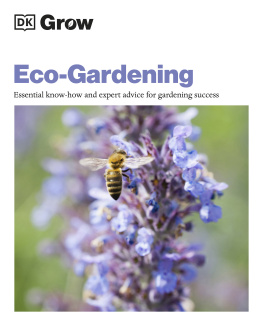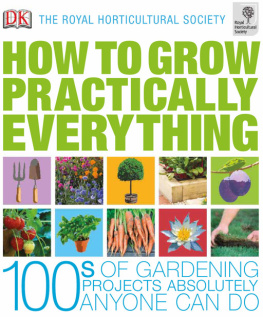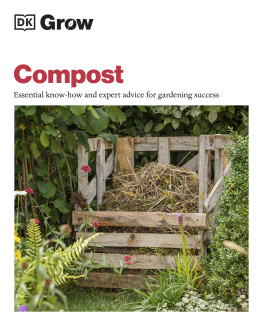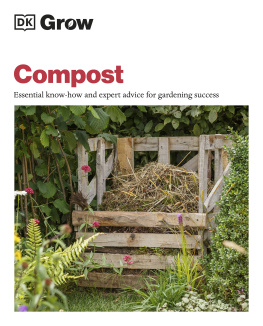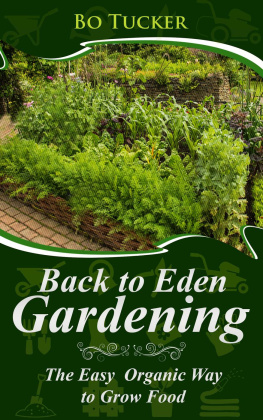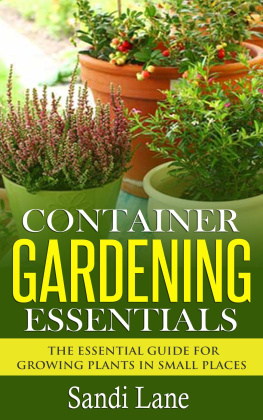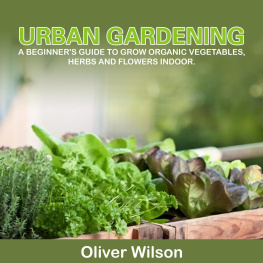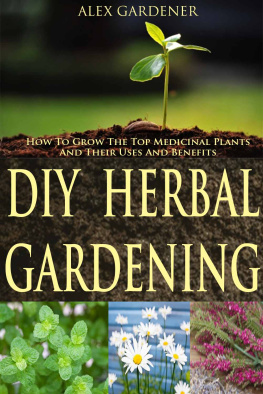Zia Allaway - Grow Eco-gardening
Here you can read online Zia Allaway - Grow Eco-gardening full text of the book (entire story) in english for free. Download pdf and epub, get meaning, cover and reviews about this ebook. year: 2021, publisher: Dorling Kindersley Ltd, genre: Children. Description of the work, (preface) as well as reviews are available. Best literature library LitArk.com created for fans of good reading and offers a wide selection of genres:
Romance novel
Science fiction
Adventure
Detective
Science
History
Home and family
Prose
Art
Politics
Computer
Non-fiction
Religion
Business
Children
Humor
Choose a favorite category and find really read worthwhile books. Enjoy immersion in the world of imagination, feel the emotions of the characters or learn something new for yourself, make an fascinating discovery.
- Book:Grow Eco-gardening
- Author:
- Publisher:Dorling Kindersley Ltd
- Genre:
- Year:2021
- Rating:3 / 5
- Favourites:Add to favourites
- Your mark:
- 60
- 1
- 2
- 3
- 4
- 5
Grow Eco-gardening: summary, description and annotation
We offer to read an annotation, description, summary or preface (depends on what the author of the book "Grow Eco-gardening" wrote himself). If you haven't found the necessary information about the book — write in the comments, we will try to find it.
Grow Eco-gardening — read online for free the complete book (whole text) full work
Below is the text of the book, divided by pages. System saving the place of the last page read, allows you to conveniently read the book "Grow Eco-gardening" online for free, without having to search again every time where you left off. Put a bookmark, and you can go to the page where you finished reading at any time.
Font size:
Interval:
Bookmark:


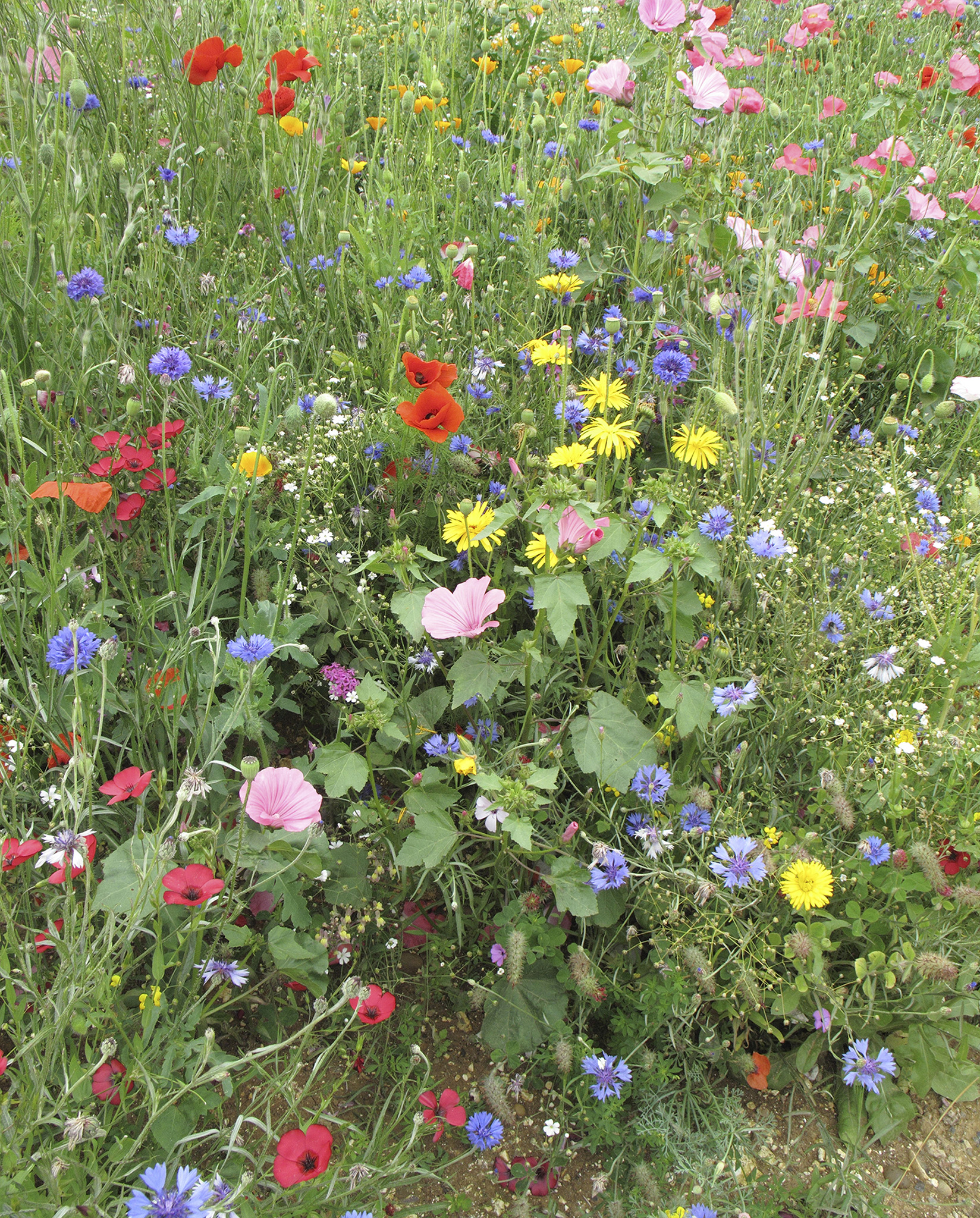
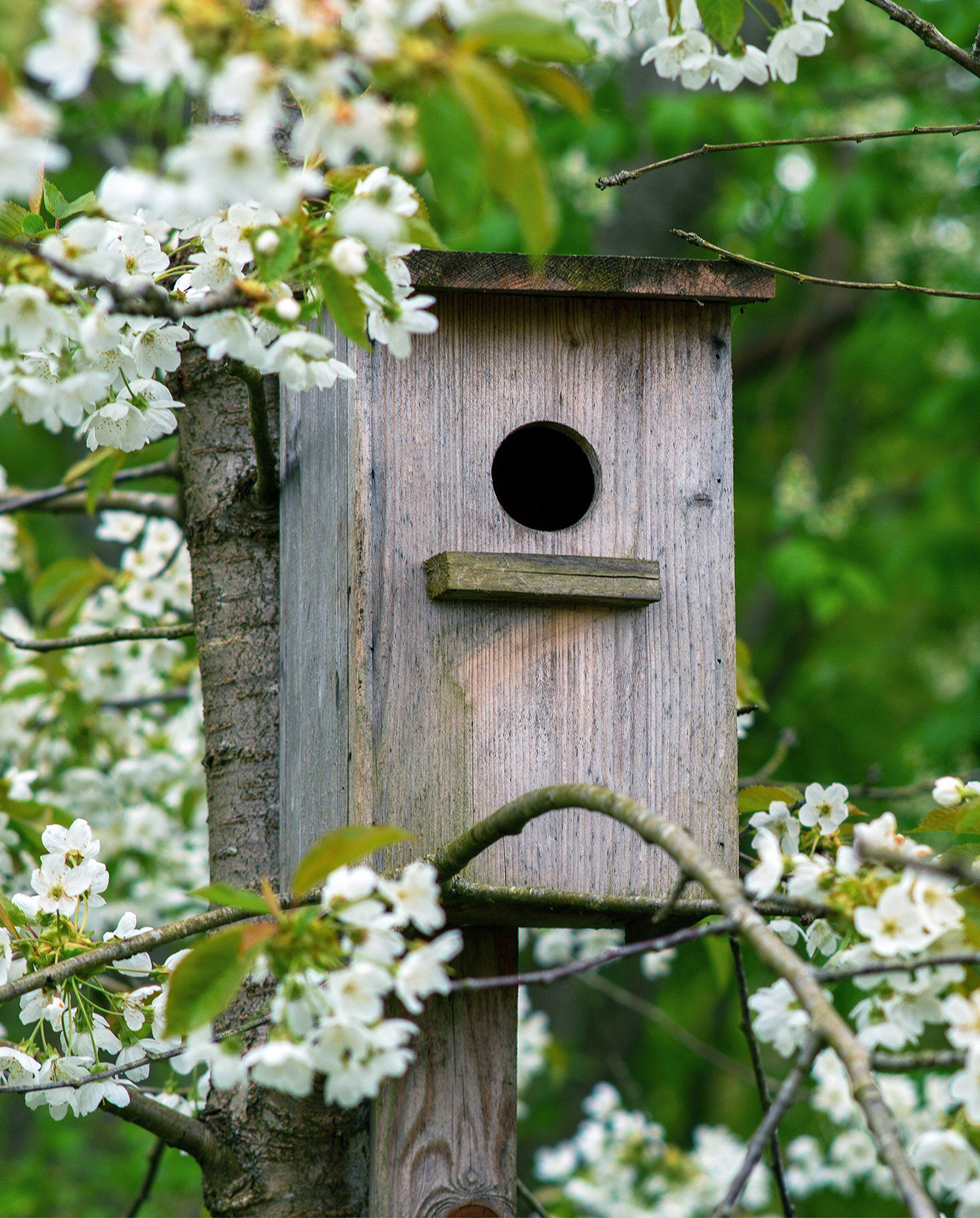
Preferred application settings
For the best reading experience, the following application settings are recommended:
- Orientation: Portrait
- Color theme: White background
- Scrolling view: [OFF]
- Text alignment: Auto-justification [OFF](if the eBook reader has this feature)
- Auto-hyphenation: [OFF](if the eBook reader has this feature)
- Font style: Publisher default setting [ON](if the eBook reader has this feature)
g
Making a garden that is kind to the planet and to wildlife is easy when you know how. Planting it with trees, shrubs, flowers, and food crops will help to mitigate the effects of climate change, capture air pollutants, and create habitats for a vast number of creatures. Organic growing methods and a water source also keep wildlife thriving, while selecting furniture and equipment made from sustainable materials will help to lower your carbon footprint.
Grow Eco-gardening | CREATING AN ECO-GARDEN
Grow Eco-gardening | CREATING AN ECO-GARDEN

Choosing plants such as alliums that attract bees and butterflies will help to boost the numbers of these important pollinating insects, which are threatened by loss of habitat and climate change.
g
While we feel instinctively that our gardens make us happier and healthier, recent scientific studies have proved that they offer these benefits and many others too. As well as boosting our mental and physical wellbeing, gardening can help to increase biodiversity by providing a home for a wide range of plants and wildlife. Filling our plots with trees, shrubs, and other plants also improves air quality and reduces pollution by mopping up the greenhouse gases that contribute to climate change. The good news is that just small changes to our gardens can help to make the planet a better place for everyone.
Environmental organizations worldwide are campaigning for the planting of more woodlands and forests to help restore wildlife habitats and mitigate the effects of climate change by absorbing the greenhouse gas carbon dioxide (CO2). If each of us were to plant just one tree in our garden, this would make a huge contribution to the fight against global warming. In fact, it may be more effective than the planting of a dense forest, which current research shows may not be as useful in reducing temperatures as smaller deciduous woodlands, particularly in cool and temperate regions. The benefits increase if we add shrubs and flowering plants, which in some cases can trap other air-borne pollutants too.
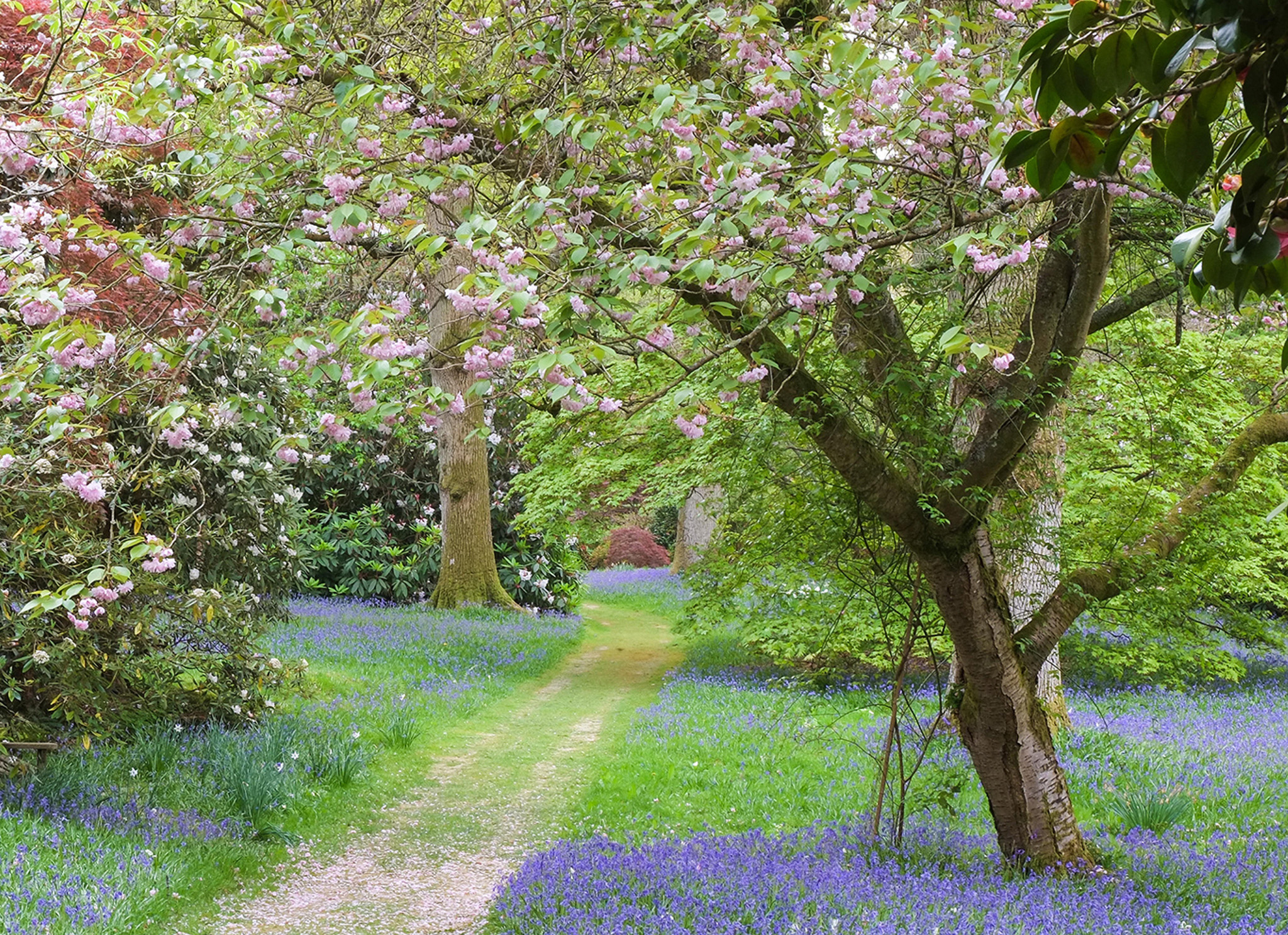
Deciduous trees and other plants absorb carbon dioxide, which contributes to climate change.
The hundreds of thousands of plant species in our world each represent a tiny microcosm of life, nurturing many types of insects, birds, and other animals, including humans. As you would expect, trees and shrubs support more wildlife than smaller species, but all have a role to play. To maximize your contribution to the welfare of the creatures in your vicinity, include a broad spectrum to help nesting birds, amphibians, bees, and other pollinators, along with the minibeasts that nourish the soil beneath the surface. The distribution of wild plant species is also contracting due to urbanization, so growing a wide variety of native plants in the garden can help to safeguard their future too.
Grow Eco-gardening | PLANT FOR A BETTER WORLD
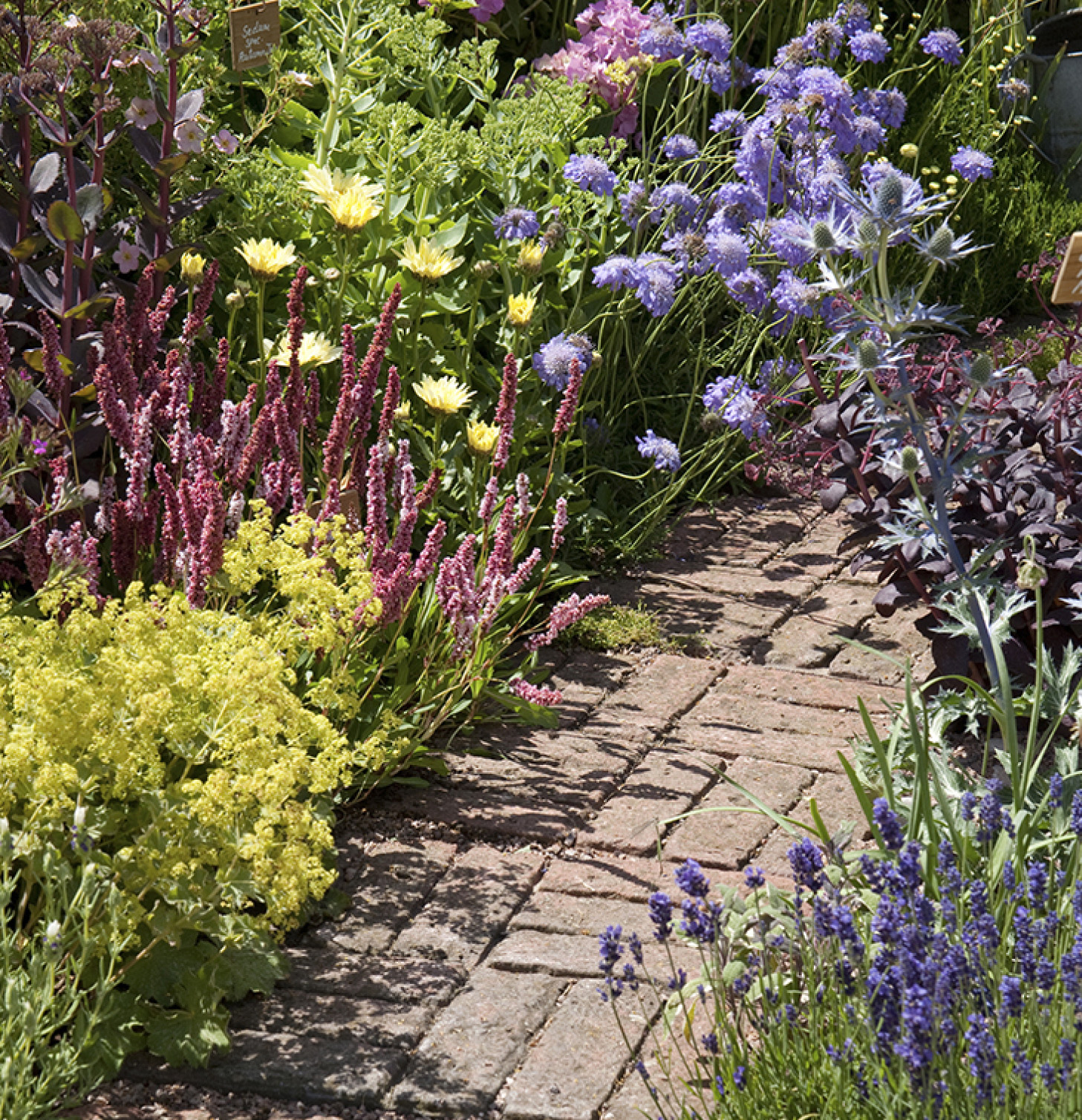
Planting a broad range of species will sustain many forms of wildlife.
You do not need a large garden to accommodate a wide diversity of plants; pack them into every nook and cranny and you will be surprised by the number of wildlife visitors a small space can support. Let a patch of lawn grow to form a matrix of grasses and wild flowers that support a range of insect life. Plant roofs with tiny succulents and walls with ivy and other climbers that will insulate your home, reducing fuel costs as well as attracting wildlife. Fill the gaps between paving stones with plants rather than mortar and watch the insects move in, and use shade-lovers under benches or seats. As the old adage goes, nature abhors a vacuum, so squeeze in some life-supporting plants wherever you can.
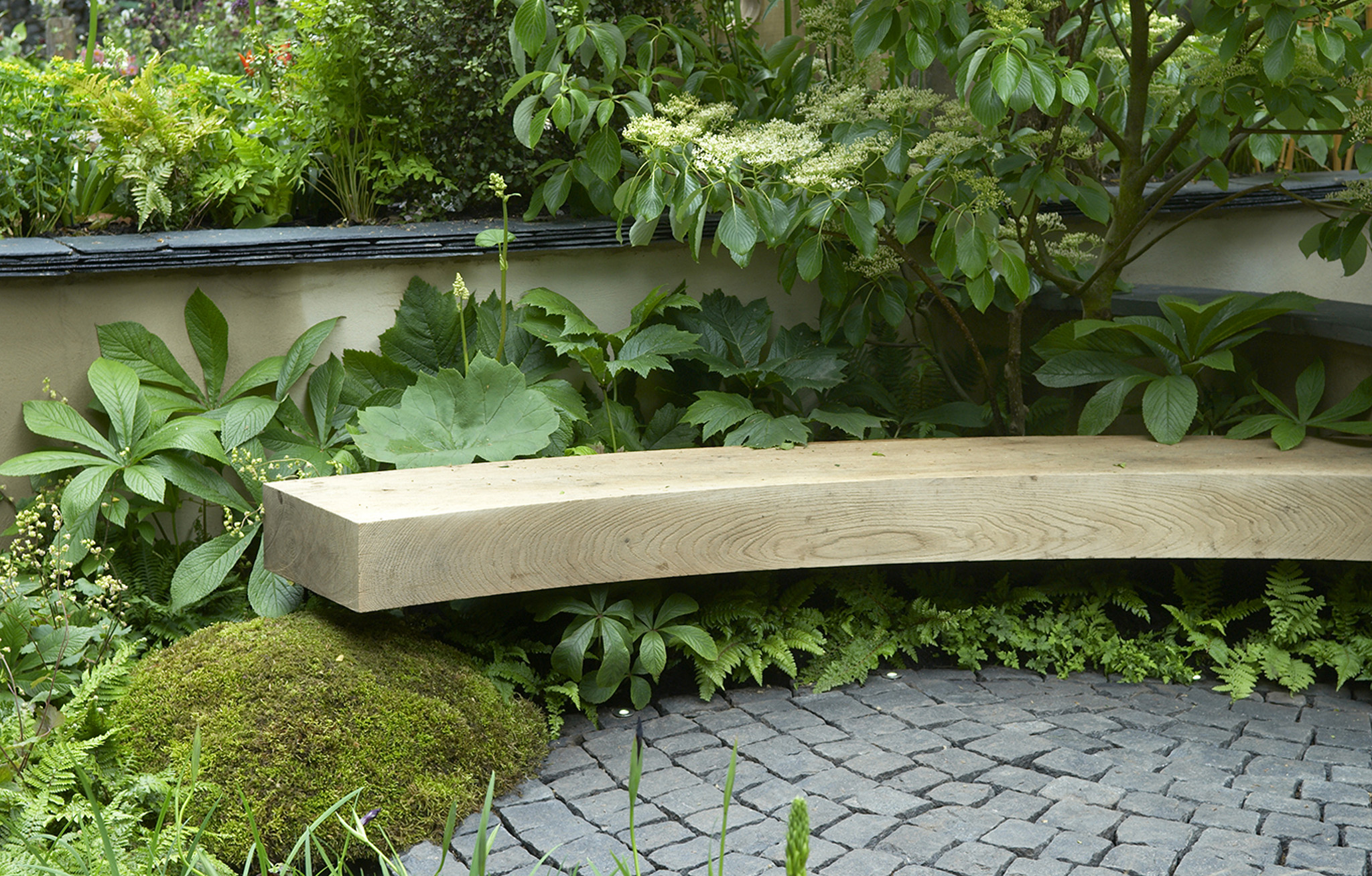
There are plant species suited to nearly every spot in the garden, even areas that are heavily shaded by foliage or manmade structures.
Making space for fruit and vegetables to help feed your household will lower your carbon footprint by reducing food miles. Growing your own food is fun, and while producing something to eat year-round may be too ambitious in a small garden, you can still make a valuable contribution with a few pots of lettuces and strawberries or some cherry tomatoes in a hanging basket.

Cherry tomatoes in a basket make a beautiful edible feature.
Grow Eco-gardening | PLANT FOR A BETTER WORLD
The best way to ensure that your plants thrive is to choose those that like your site, soil, and local climate. This will result in healthy plants that are more resilient to attacks from pests and diseases and do not need chemical fertilizers to boost their performance. The hardiness of a plant is a measure of the lowest temperatures it will tolerate, and this is an important point to consider when selecting plants that will be outside all year. The different levels of hardiness are included in the plant profiles in this book.
FULLY HARDY This term is used to describe plants that will cope with temperatures below -15C (5F).
HARDY Some plants are not fully hardy, but are able to survive temperatures that fall below freezing; where this is the case, the lowest temperatures are stated, allowing you to check that your average winters will not be too cold for the particular species.
HALF-HARDY You may find this term used to describe some annuals and plants from warm areas. These can survive low temperatures and, in many cases, once mature they will tolerate 5C (41F) or lower, but they will not cope with frost.
Font size:
Interval:
Bookmark:
Similar books «Grow Eco-gardening»
Look at similar books to Grow Eco-gardening. We have selected literature similar in name and meaning in the hope of providing readers with more options to find new, interesting, not yet read works.
Discussion, reviews of the book Grow Eco-gardening and just readers' own opinions. Leave your comments, write what you think about the work, its meaning or the main characters. Specify what exactly you liked and what you didn't like, and why you think so.

